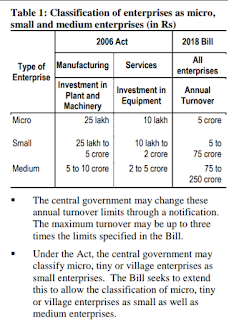GDP,GNP & NATIONAL INCOME

GDP:-it mesausres the market value of all final goods and services produced within a country in a given a period. GNP:-it measures the market value of all final goods and services produced by a country’s citizens or residents. The difference is subtle but improtant. GNP excludes economic activity that occurs in the U.S. but is owned by foreigners and includes American economic activity that occurs in other countries. GDP is place based whereas GNP is ownership based. Thus, if a foreigner creates an internet startup in Silicon valley, this will count as GDP, but not GNP. If General Electric opens a new plant in Poland, this investment will be included in GNP, but not GDP. National Income:-National income is equal to GNP less the consumption of fixed capital (ex- depreciation). Personal Income :- it measures the amount of income available to individuals in terms of funds on hand. Personal income equals to national income less: corporate profits with inventory valuation and



